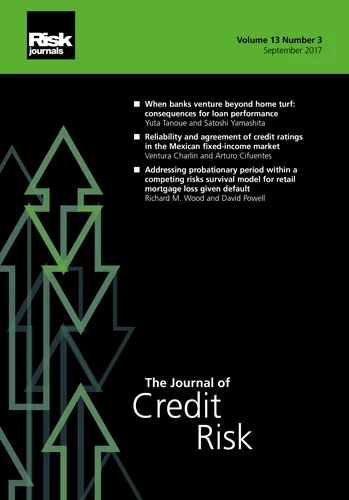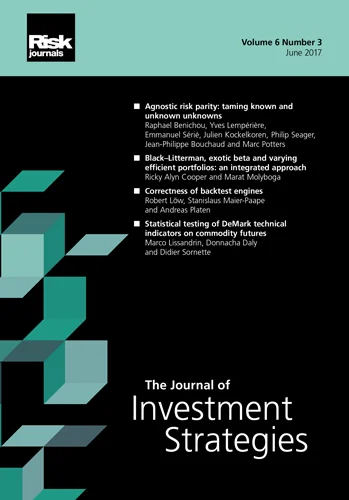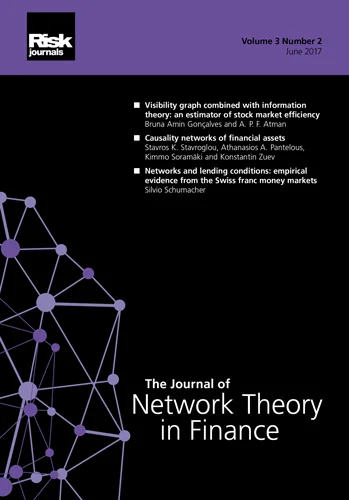Journal of Computational Finance
ISSN:
1755-2850 (online)
Editor-in-chief: Christoph Reisinger

Fast at-the-money calibration of the Libor market model using Lagrange multipliers
Lixin Wu
Abstract
ABSTRACT
We claim to have developed the optimal methodology for non-parametric calibration of the market model to the prices of at-the-money caps/floors and swaptions and to the historic correlations of Libor rates. The approach taken is that of “divide and conquer” – first fitting the model to historic correlations, and then to the implied Black volatilities of the input options. Regularization is adopted and the calibration is cast into the form of minimization–maximization problems by the Lagrange multiplier method. By utilizing the quadratic functional form of both objective function and constraints, we are able to solve the inner maximization problems with a single matrix eigenvalue decomposition, which gives our method its efficiency. The outer minimization problems, meanwhile, are nicely subdued by gradient-based descending methods due to the convexity of the objective functions. The well-posedness of the Lagrange multiplier problems and the convergence of the descending methods are rigorously justified. Numerical results show that a very high quality calibration is achieved. We have also developed a technique for calculating the hedging ratios of a derivative security with respect to the benchmark derivative instruments using the auxiliary results of the calibration.
Copyright Infopro Digital Limited. All rights reserved.
As outlined in our terms and conditions, https://www.infopro-digital.com/terms-and-conditions/subscriptions/ (point 2.4), printing is limited to a single copy.
If you would like to purchase additional rights please email info@risk.net
Copyright Infopro Digital Limited. All rights reserved.
You may share this content using our article tools. As outlined in our terms and conditions, https://www.infopro-digital.com/terms-and-conditions/subscriptions/ (clause 2.4), an Authorised User may only make one copy of the materials for their own personal use. You must also comply with the restrictions in clause 2.5.
If you would like to purchase additional rights please email info@risk.net








